Ankle Conditioning For Pointe Work
In this video blog, you will see a demonstration of how the reformer can be a useful tool to build strength and endurance in the foot and ankle. Pointe work requires strength and stability, and an ability to control end ranges of motion. Dancers often have a large degree of range and mobility in the ankles and feet and it’s important to condition the associated muscle groups that support range and assist in training and choreography.
You will also find a helpful exercise that you can do with an at home set up to condition the calf, ankle, and foot. These exercises are hugely beneficial whether you are preparing to get into your first pointe class, recovering from injury, or just want to optimize your training in dance.
Video #1: Relevé and Transfer of Weight
In this reformer exercise, the focus is on controlling end ranges of motion and building power through plantarflexion and dorsiflexion. This exercise promotes the dynamic strength of the calf as we are loading the muscles through both stretch and strength. Lower leg strength is being conditioned, as well as the entire kinetic chain. The closed chain feedback from the footbar is helping to generate tension up the leg into the hips and glutes, another important area to condition in pointe work.
Video #2: Seated Relevé with Resistance
This exercise is an at home set up you can do to replicate some of the work achieved in the previous reformer series. You will need a resistance loop and a chair.
Set Up: seated on the edge of a chair with the resistance loop wrapped around the front two legs. Step one foot into the band and with the foot flat to the floor, slide it forward until you find your optimal tension.
Exercise 1; Relevé
Lift the heel, taking the foot into the relevé position. Lower heel, taking the foot out of relevé position.
Exercise 2: Ankle Inversion and Eversion
Lift the heel to your relevé position. Pivot on the ball of the foot, moving the ankle bone outwards (inversion) and then inwards (eversion).
Tip: Rather than locking into the end ranges of the joints, generate the tension up from the bottom of your foot into the calf and stay just inside that full range of motion in your relevé. This helps to condition the muscles and fascia, and builds appropriate tension and support for the ankle and foot, ultimately giving you more power and strength.

